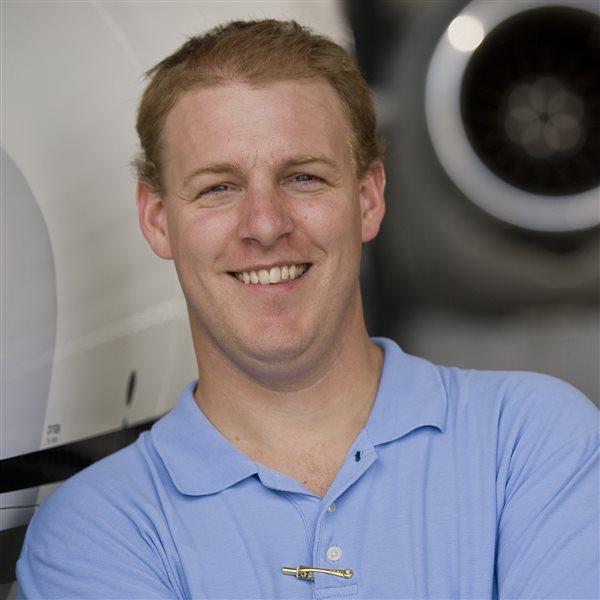Right Seat: Memory as an art form
How do you perform?
Don’t believe me? Look at some of the biggest aviation arguments and you’ll see what I mean. High wing or low wing, paper or electronic charts, how to enter the pattern. None have one right answer, but each side has impassioned advocates who think the other pilot obtuse for even entertaining the alternative viewpoint. (Midfield crosswind entries rule!)
The point is that very few things in flying are law. The wing will stall if it exceeds the critical angle of attack, and the engine will quit if it runs out of fuel. But that stall-entry technique your instructor is teaching you? There are other ways to do it. The way you are planning cross-country flights? You’re using one method of many. Your instructor will guide you, and after you leave the nest you will develop your own techniques, tricks, and flows.
Jill W. Tallman’s “Technique” in this month’s issue is a great example of that tribal knowledge (see page 42). She introduces CTAF, and not the one you already know. It’s a new way to think about setting up for an instrument approach. Is it the only way or even the best way? Maybe, maybe not. That’s for the flying artist in you to decide.
Aviation is filled with these abbreviations and acronyms. Some are silly (TOMATO FLAMES, anyone?), some are obvious (ELT), many are unnecessary (TURN PALE—Google that one), but occasionally there is a gem. CTAF is one of those.
My favorite comes from a piece of well-timed unsolicited advice. When I first started flying, I struggled to make it through the checklists prior to taking off. Yes, that sounds a bit crazy, but I was impatient and my eyes always glazed over for at least one item on the laundry lists. If I wanted to be thorough I was slow, and if I wanted to be faster I was sloppy.
Then I flew with my dad. Because he’s not an instructor, I had discounted him as a source of definitive knowledge. Plus, he’s my dad, and I was a college kid at the time, so naturally he was lame. Before taking off he taught me two things I’ve used on every flight since: CIGAR and “boxing the controls.” Controls, Instruments, Gas, Attitude (Trim), and Run-up takes care of 99 percent of all preflight tasks on every airplane I’ve since flown. Boxing is a control-check method. I box by going full forward, full right, full aft, full left, and then full forward. It’s professional, quick, and more effective than randomly flailing the yoke around.
Looks do count sometimes.
Email Editor Ian J. Twombly at [email protected]; Twitter: ijtwombly; and visit Flight Training on Facebook.



